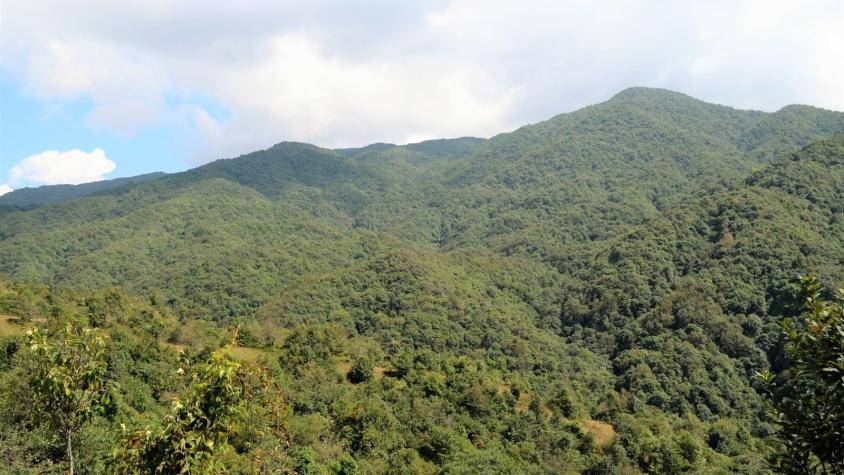Resilient Forest Management in Nepal

Forests play a crucial role in providing sustainable livelihoods to large populations in the HKH region. They also serve as habitats for diverse flora and fauna. Therefore, sustainable and resilient forest management is critical to maintaining social and ecological sustainability. In this context, SERVIR HKH has collaborated with the Department of Forest and Soil Conservation (DoFSC), Government of Nepal, and other relevant national agencies to implement the Resilient Forest Management System.
SERVIR HKH has developed a Climate Resilient Forest Management System and Forest Fire Monitoring and Risk Warning Systems. These systems provide scientific information regarding the observed and predicted functioning of forest ecosystems at the national, provincial, and district scales for the whole of Nepal. They can be useful in supporting decision-makers in building the resilience of forest ecosystems in Nepal. Furthermore, these advancements aim to strengthen forest management, promote sustainability, and predict and mitigate the risks associated with forest fires and climate change.
This system leverages Earth Observation (EO) data, along with ecological, social, weather information from HIWAT, and climate data, to assess the current state of forest ecosystems, identify the drivers of change, and explore suitable adaptation and mitigation measures. The successful implementation of this approach has been demonstrated in Nepal through collaboration with the DoFSC.
Under this Resilient Forest Management Service, following products are being developed/extended:
- Product: Climate Resilient Forest Management System (CRFMS)
- Product: Forest Fire Monitoring andRisk Warning (FFMRW)
Rationale
Excessive dependency on forest resources and the occurrence of forest fires poses significant threats, leading to extensive degradation and deforestation in recent decades. To address these issues and effectively respond to the impacts of climate change, it is imperative to enhance decision-making approaches at the state/province level by considering projected impacts, forest fire risk, and climate change trends. The adoption of a Climate Resilient Forest Management and Forest Fire Monitoring and Risk Warning systems offers a promising solution.
These tools will enable decision-makers and forest fire managers to anticipate and prepare for future fire dangers, make informed decisions about deploying resources, implement fire prevention measures, and carry out controlled burns to mitigate fire risk, while also focusing on the preservation and sustainable utilization of forest ecosystems.

